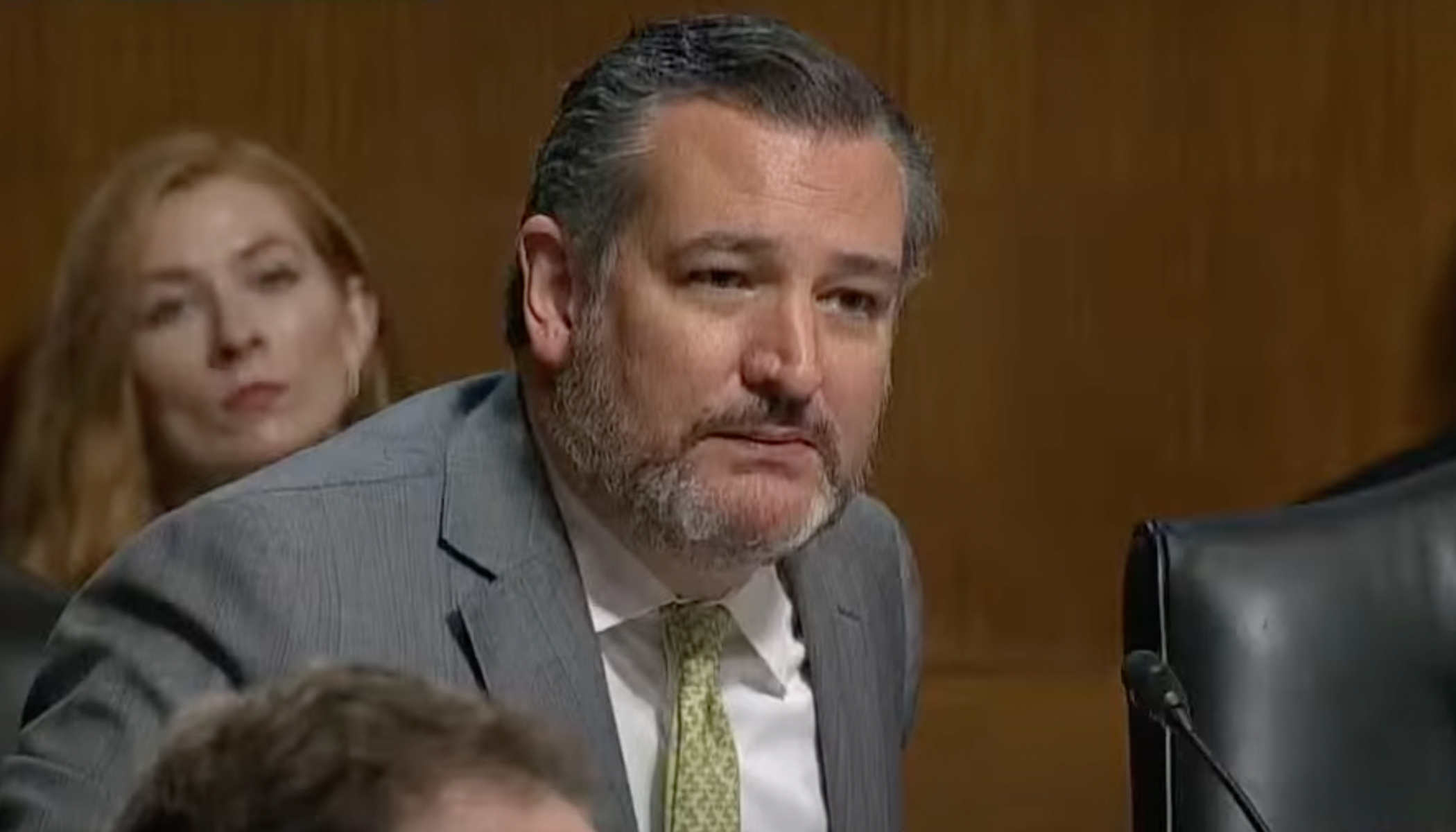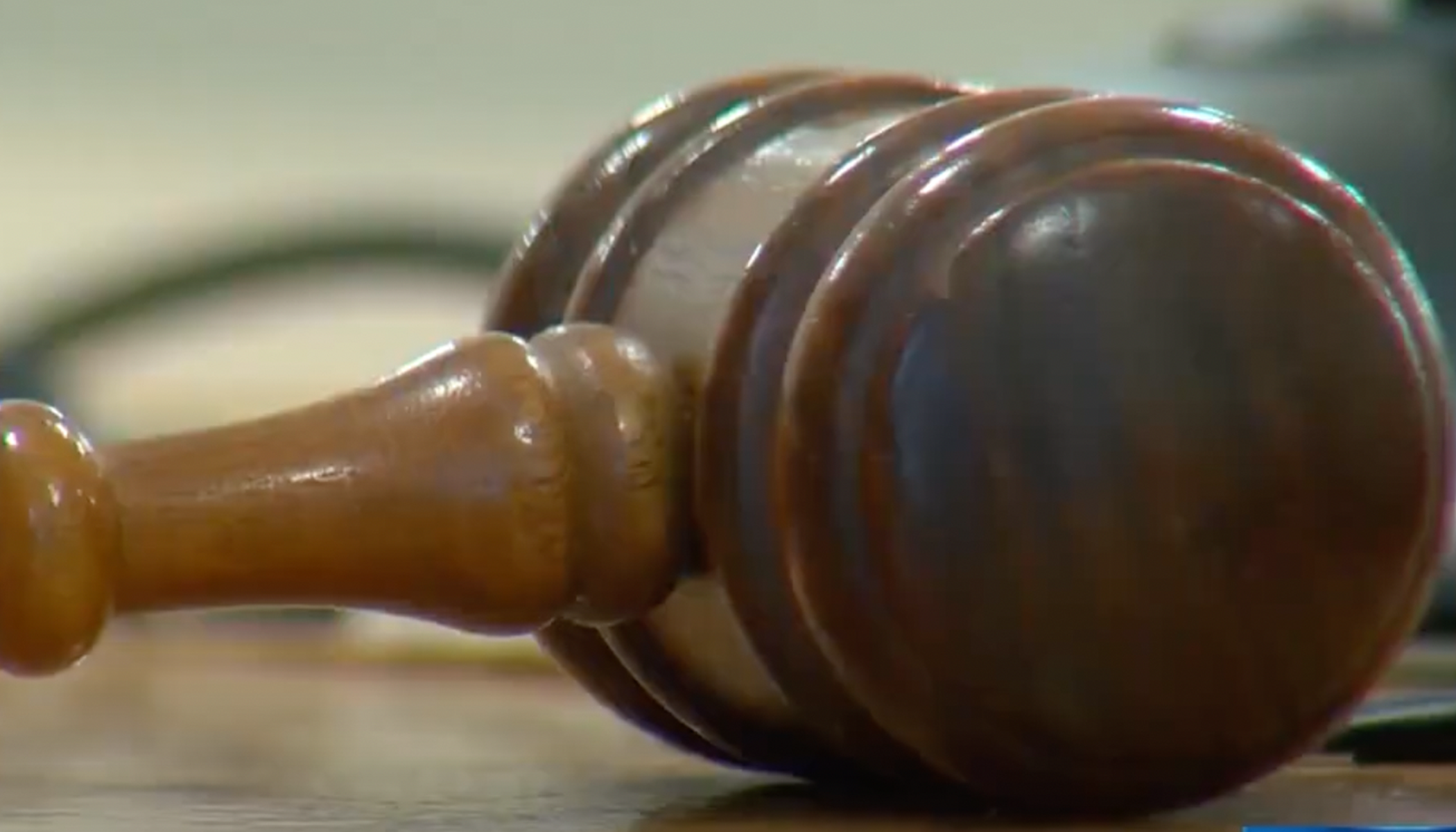Federal court rules that Alabama can use nitrogen gas for execution, first time in nation’s history
In a landmark decision, a federal appeals court has authorized Alabama to proceed with the execution of Kenneth Eugene Smith using nitrogen hypoxia, as attempts to secure a last-minute reprieve were rejected.
This decision permits the first execution by nitrogen gas not only in the United States but also globally. Smith, 58, is scheduled for execution at 6 p.m. on Thursday in Atmore, Alabama, marking a significant moment in the history of capital punishment, as the Daily Mail reported.
Smith was convicted in the 1988 murder-for-hire stabbing death of Elizabeth Sennett, orchestrated by her husband, Charles Sennett Sr., who was in a financial crisis and sought to claim insurance money.
The case has been the subject of extensive legal proceedings, with Smith's initial 1989 conviction being overturned, followed by a retrial and reconviction in 1996.
Smith's upcoming execution is a culmination of decades of judicial processes and shifts in penal methods.
The path to nitrogen hypoxia
Nitrogen hypoxia as an execution method has been authorized in Alabama, Mississippi, and Oklahoma, but to date, no state has employed it. This method involves replacing breathable air with nitrogen gas through a face mask, leading to oxygen deprivation in the brain. The move to nitrogen gas follows challenges in acquiring lethal injection drugs, prompting states to seek alternative methods for carrying out capital sentences.
However, the adoption of nitrogen hypoxia has raised significant ethical and medical concerns. Critics argue that the state cannot predict the experience of an individual undergoing this method of execution, likening it to suffocation. Moreover, the American Veterinary Medical Association has deemed nitrogen hypoxia excessively distressing for animal euthanasia, further intensifying the debate surrounding its use on humans.
Concerns and opposition
In the lead-up to the execution, Smith appealed to the Supreme Court for a stay, citing concerns about the untested nature of nitrogen hypoxia and potential violations of the Eighth Amendment, which prohibits cruel and unusual punishment. His plea was, however, denied. “This is not going to be a peaceful experiment. I think it’s important for people to realize when you strap someone down like that, you can’t expect someone who’s choking to death — suffocating to death — to not resist," expressed one critic of the method.
The execution's unique nature has also drawn attention from various quarters, including religious figures. A Catholic priest has announced his intention to enter the execution chamber with Smith, despite the health risks associated with nitrogen exposure. His commitment underscores the profound moral and ethical questions raised by this unprecedented execution method.
Smith's execution history is marked by previous complications. A prior attempt to execute him via lethal injection was aborted when medical personnel were unable to locate a suitable vein. This incident added to the growing concerns about the practicality and humanity of lethal injection, leading to the exploration of nitrogen hypoxia as an alternative.
A controversial first in execution methods
The introduction of nitrogen hypoxia in the United States marks a pivotal point in the nation's penal history. While supporters argue it is a more humane alternative to lethal injection, detractors raise significant doubts about its untested nature. “We are being exposed to nitrogen gas in a way that nobody in human history has ever been exposed to nitrogen gas," a critic stated, highlighting the unprecedented nature of the method.
Elizabeth Sennett's murder, which occurred in 1988, set in motion a series of events leading to this moment. Sennett, 45, was found in her Alabama home with multiple stab wounds in what was revealed as a murder-for-hire plot. Smith, along with John Forrest Parker, were paid by Charles Sennett Sr., her husband, to carry out the murder. Parker was executed in 2010 for his role in the crime.
As the execution date draws near, the case continues to evoke strong emotions and debates across the nation. It not only touches on the contentious issue of capital punishment but also on the methods employed to carry it out. The execution of Smith by nitrogen hypoxia will be closely watched, both as a legal precedent and a matter of significant public interest.
Implications for the future of capital punishment
The outcome of Smith's execution and the response it elicits could have far-reaching implications for the future of capital punishment in the United States. It may set a precedent for the use of nitrogen hypoxia in other states and influence ongoing debates about the most humane methods of execution.
Smith’s case represents a complex intersection of legal, ethical, and humanitarian concerns. It raises questions about the evolution of execution methods and the continuous search for a 'humane' way to carry out the death penalty. As the clock ticks towards the scheduled execution time, the eyes of the nation, and perhaps the world, are fixed on Atmore, Alabama, awaiting the outcome of this unprecedented event.
In conclusion, the execution of Kenneth Eugene Smith by nitrogen hypoxia is a significant moment in the history of capital punishment. It represents a shift in methods, driven by practical challenges and ethical debates.
As the first execution of its kind, it will undoubtedly be a subject of scrutiny and could potentially influence the future of the death penalty in the United States and beyond.






